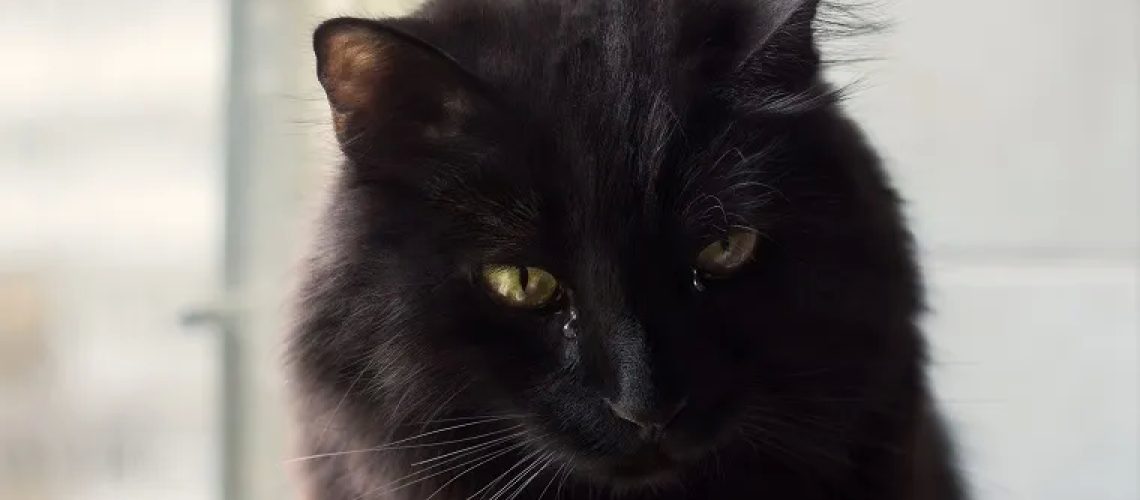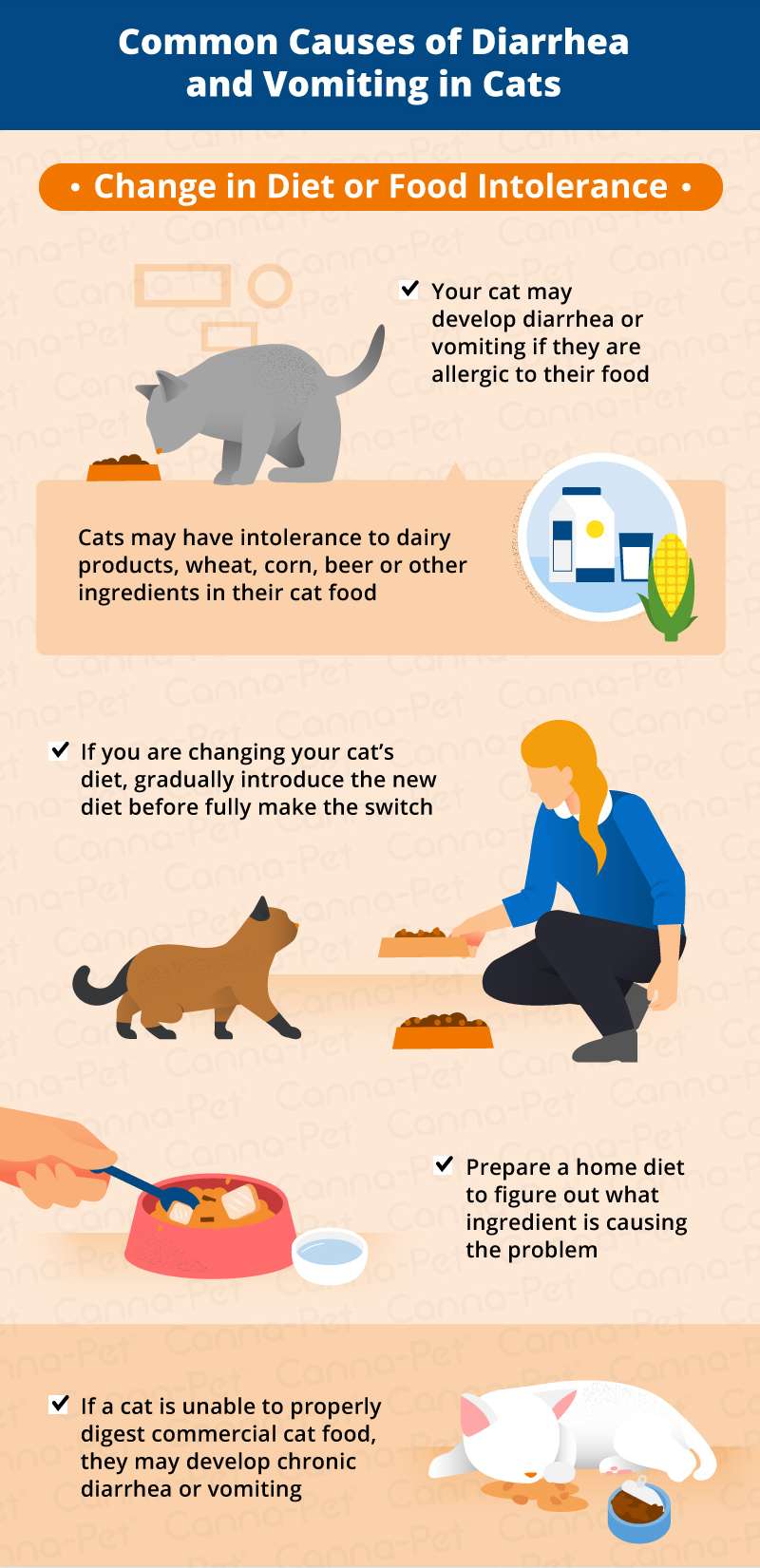Do you ever wonder if cats cry? Are those watery eyes a sign of sadness or just a myth? Well, get ready to embark on an intriguing journey into the world of feline emotions. Exploring whether cats shed tears or not may seem like a trivial pursuit, but it holds surprising value for both cat owners and enthusiasts alike.
So, let's dive into the fascinating question: Do cats really cry? By delving into this subject, we'll uncover the truth behind those glistening eyes and unravel the mysteries surrounding feline emotions. We'll explore scientific research, anecdotes from cat owners, and even delve into ancient myths about cats shedding tears.
Get ready to discover whether tears are just another myth in the world of cats or if they truly possess the ability to shed tears. Let's unravel this captivating mystery together!
Key Takeaways:
- Cats do not cry tears like humans do. Their tear ducts are not designed for emotional crying.
- If a cat's eyes appear watery or teary, it could be a sign of an underlying health issue or eye infection.
- Cats may produce watery discharge from their eyes due to allergies, irritants, or blockage in the tear ducts.
- A cat's behavior, such as meowing, purring, or rubbing against you, is more indicative of their emotions than tears.
- It is important to monitor any changes in a cat's eye appearance and seek veterinary attention if necessary to ensure their overall health and well-being.
What are tears and why do people cry?
Tears are the salty liquid that comes out of our eyes when we cry. They are made up of water, salt, and other substances. Tears help to keep our eyes clean and moist. When something irritates our eyes, like dust or onion fumes, tears flow to wash away the irritants.
People cry for different reasons. Sometimes we cry when we feel sad or hurt. Crying can help us release our emotions and feel better. Other times, we cry when we are happy or overwhelmed with joy. Tears can also be a response to physical pain or frustration.
Why do tears taste salty?
Tears taste salty because they contain salt, just like sweat and other bodily fluids. Salt is an essential mineral that our bodies need to function properly.
Types of tears
- Basal tears: These are the tears that keep our eyes lubricated throughout the day.
- Reflex tears: These tears are produced in response to irritants like dust or onion fumes.
- Emotional tears: These tears are shed when we feel strong emotions such as sadness, happiness, or empathy.
The science behind crying
Crying is a natural response controlled by our brain and nervous system. When we experience strong emotions or physical pain, signals are sent from our brain to the tear glands located above each eye. The tear glands then produce tears which flow down through tiny channels called tear ducts and onto the surface of our eyes.
Can cats cry like humans do?
No, cats cannot cry like humans do with emotional tears. While cats may produce watery discharge from their eyes due to allergies or eye infections, it is not the same as crying. Cats primarily communicate their emotions through body language, vocalizations, and behavior.
However, cats can show signs of distress or sadness in other ways. They may become more withdrawn, lose their appetite, or exhibit changes in their grooming habits. It's important for cat owners to pay attention to these behaviors and provide comfort and care when needed.
How do cats express their emotions?
Cats have various ways of expressing their emotions:
- Purring: Cats often purr when they feel content and relaxed.
- Hissing or growling: These are defensive sounds that cats make when they feel threatened or scared.
- Body language: Cats use their body postures, such as arching their back or raising their fur, to communicate how they are feeling.
- Vocalizations: Meowing, hissing, chirping, and other vocal sounds can indicate different emotional states in cats.
Do tears always mean someone is sad?
No, tears do not always mean someone is sad. While crying is often associated with sadness or emotional pain, tears can also be a response to other strong emotions such as happiness, joy, anger, or even relief. People can cry for different reasons depending on the situation and their individual emotional makeup.
The different types of tears
Tears can be categorized into three main types:
- Basal tears: These are the tears that keep our eyes lubricated throughout the day and protect them from drying out.
- Reflex tears: These tears are produced in response to irritants like dust or onion fumes.
- Emotional tears: These tears are shed in response to strong emotions, whether they are positive or negative.
The benefits of crying
Crying can have several benefits for our emotional well-being:
- Release of emotions: Crying allows us to express and release pent-up emotions, which can help us feel better and relieve emotional stress.
- Physical relief: Tears contain natural painkillers, such as endorphins, that can provide a sense of physical relief and comfort.
- Social connection: Crying can elicit empathy and support from others, strengthening social bonds and fostering understanding.
How do animals show their emotions without crying?
Animals cannot cry like humans do with emotional tears. However, they have their own ways of expressing their emotions without shedding tears. Animals communicate through body language, vocalizations, and behavioral cues.

Examples of how animals express emotions
Different animals have unique ways of showing their emotions:
- Dogs wag their tails when they are happy or excited. They may also bark or jump around to express joy.
- Cats purr when they are content and relaxed. They may also knead with their paws as a sign of happiness.
- Horses may snort or nicker when they are relaxed or happy. They may also neigh loudly when they are calling out to other horses or feeling anxious.
- Birds may sing melodious songs when they are content or trying to attract a mate. They may also flap their wings rapidly when excited or agitated.
The importance of understanding animal emotions
Understanding how animals express their emotions is crucial for their well-being. It helps us recognize when they are happy, stressed, or in need of attention or care. By observing their behaviors and responding appropriately, we can ensure the overall welfare of animals.
Why do people and animals cry when they're upset?
When people and animals are upset or experiencing strong emotions, crying can be an instinctive response. Here's why:
The release of built-up emotions
Strong emotions like sadness, anger, or frustration can build up inside us. Crying provides an outlet for releasing these pent-up emotions, allowing us to let go and feel relief.
In conclusion, cats do not cry like humans do. While they may produce tears to lubricate their eyes, it is not an emotional response like crying. The idea of cats shedding tears is simply a myth.
Do cats cry real tears?
Yes, cats' tear ducts work in the same way as humans' tear ducts, but they don't shed emotional tears when they are sad or in pain. Although cats may make crying sounds by vocalizing, they do not produce tears in response to emotions.
What does it mean when a cat cries?
Your cat may be meowing excessively due to hunger, fear, illness, or a desire for attention and affection. Cats have different types of meows that they use in specific situations. If your cat is constantly meowing, it can be difficult for you to determine the cause of their behavior.
Do cats cry tears or dogs?
No, there is no scientific evidence to support the claim that dogs or any other animals produce tears in response to their emotions. Only humans appear to have the ability to cry tears as an emotional response.
How do cats express sadness?
Here are some typical indications of feline depression: Decreased appetite or alterations in eating patterns. Alterations in physical expression, such as flattened ears, a tucked tail, and raised hairs. Increased or decreased meowing compared to normal, often accompanied by low-pitched, sorrowful sounds.
Do cats get their feelings hurt?
Engaging in any action that causes a negative emotional response in a cat could potentially "hurt their feelings." Unfortunately, many owners are unaware that their actions are upsetting their cat, and they continue to engage in activities that cause distress to their pet. According to Chaney, cats are typically more sensitive than dogs.
How do I know if a cat is crying?
Cats do not shed tears when they are sad or in pain. However, cats may show behavioral changes, including vocal crying, when experiencing emotional or physical discomfort. The sounds made by a crying cat are typically longer and lower in pitch compared to their normal daily chatter.

















